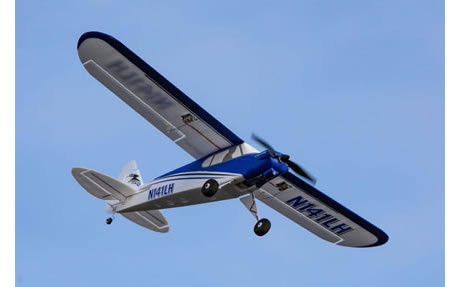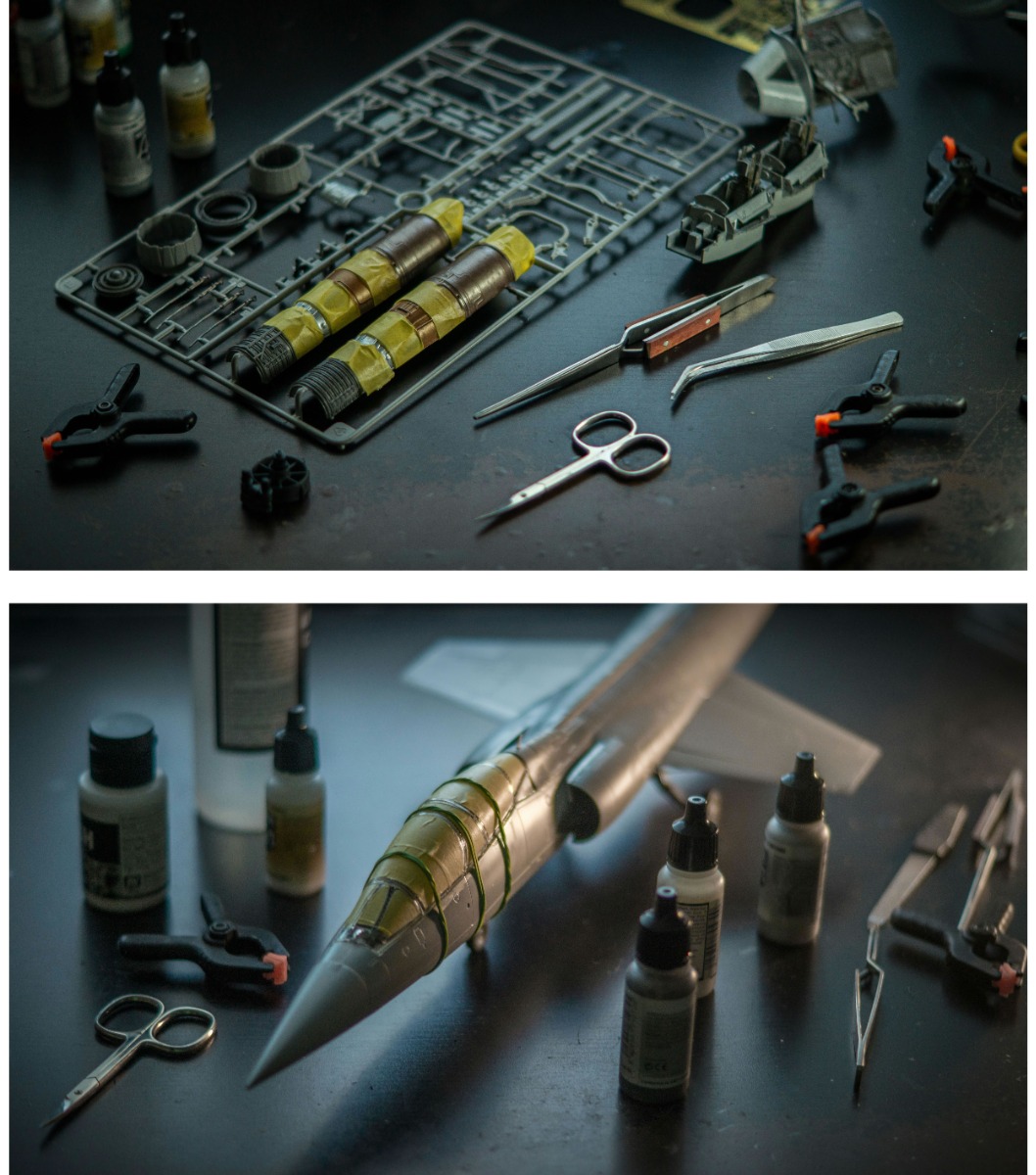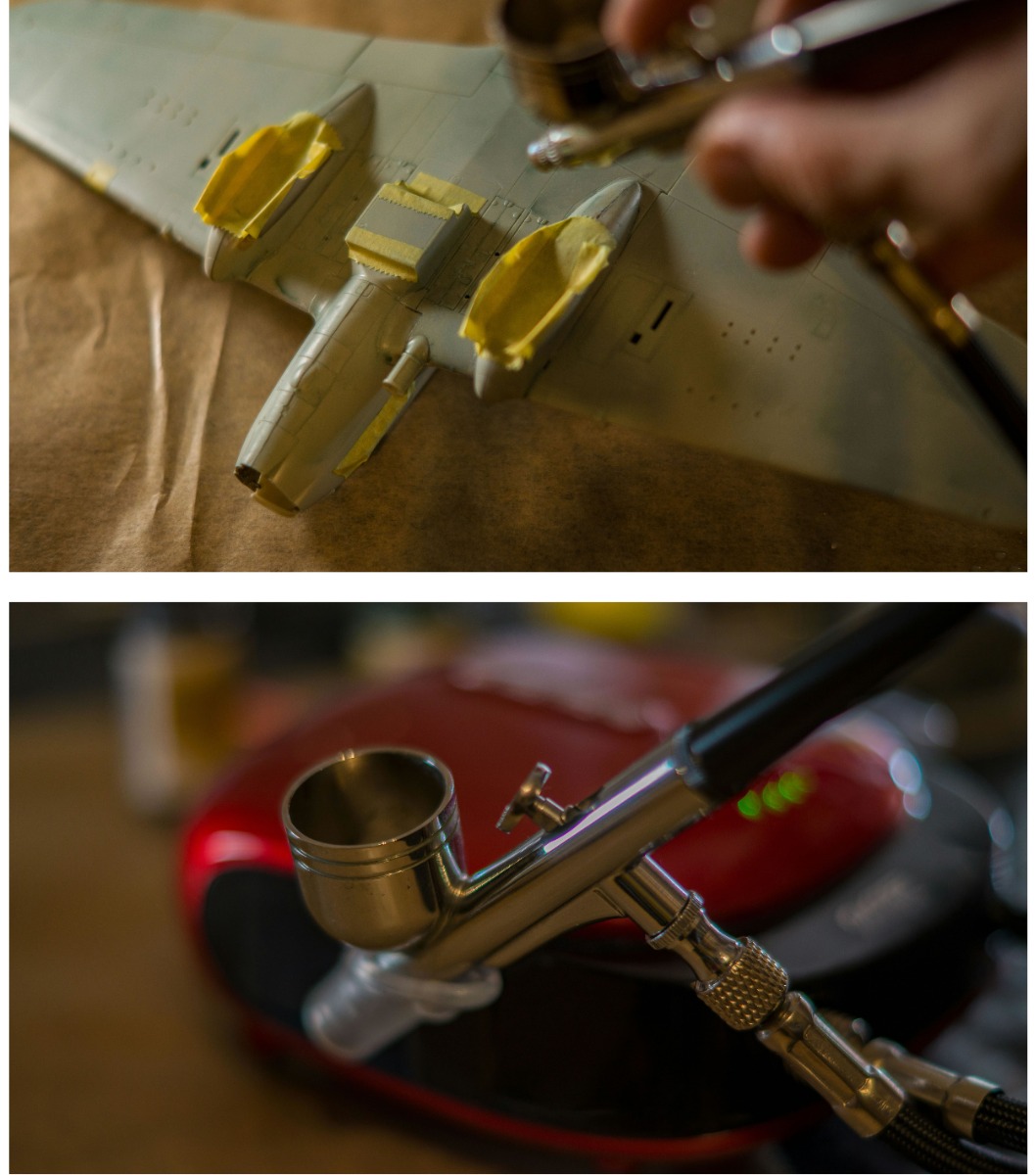Kovozavody Prostejov 1/72 Sukhoi Su-22UM-3K "Warsaw Pact" # 72207
The Sukhoi Su-22UM-3K is a two-seat, variable-sweep wing fighter-bomber that was a key component of the Warsaw Pact's air forces during the Cold War.
A derivative of the Su-17, the Su-22 series was developed by the Soviet Union and became one of the most widely exported Soviet aircraft of its time.
The Su-22UM-3K variant, designed for both combat and training purposes, was used extensively by Warsaw Pact nations and their allies, playing a significant role in various military operations and training regimes.
Design and Features:
The Su-22UM-3K is a variant of the Su-22, which itself was an export version of the Soviet Su-17.
The aircraft features a distinctive variable-sweep wing design, allowing it to adjust wing angles during flight to optimize performance at different speeds and altitudes.
This design made the Su-22UM-3K highly versatile, capable of performing a wide range of missions, from ground attack to interception.
The "UM" in the designation indicates that this version is a two-seat trainer variant, with the second cockpit positioned in tandem behind the pilot.
Despite its role as a trainer, the Su-22UM-3K is fully combat-capable, equipped with a comprehensive avionics suite and the ability to carry a variety of weapons, including air-to-ground missiles, bombs, rockets, and cannon pods.
The aircraft is powered by a single turbojet engine, giving it a top speed of around Mach 1.7 at altitude.
Role within the Warsaw Pact:
The Su-22UM-3K was primarily used by Warsaw Pact nations, including East Germany, Poland, Czechoslovakia, and Bulgaria, among others. Its dual role as both a trainer and a combat aircraft made it an invaluable asset to these air forces.
In its training role, the Su-22UM-3K helped prepare pilots for flying the single-seat variants of the Su-22 or other advanced Soviet fighters and strike aircraft.
In combat, the Su-22UM-3K was capable of delivering precision strikes against ground targets, conducting reconnaissance missions, and engaging in air-to-air combat when necessary.
The aircraft’s adaptability and relatively low operating costs made it a popular choice among Warsaw Pact air forces, which often operated in environments with limited infrastructure and resources.
Operational History:
During its service with Warsaw Pact countries, the Su-22UM-3K participated in numerous military exercises and was kept on high alert during the Cold War, ready to respond to NATO threats.
The aircraft's ability to operate from austere airfields and deliver heavy ordnance made it a key component of the Warsaw Pact’s tactical air power.
In addition to its role within the Warsaw Pact, the Su-22UM-3K was exported to several Soviet-aligned nations in the Middle East, Africa, and Asia, where it saw action in various regional conflicts.
Its rugged design and ease of maintenance ensured that it remained in service for many years, even in harsh environments.
Legacy:
The Sukhoi Su-22UM-3K holds a significant place in the history of Cold War aviation, representing the Soviet Union's approach to creating versatile, multi-role aircraft for both training and combat.
Its widespread use across the Warsaw Pact and other allied nations highlights its reliability and effectiveness as a military aircraft.
Even after the dissolution of the Warsaw Pact, the Su-22UM-3K continued to serve in the air forces of several former member states, a testament to its enduring design and capability.
The aircraft's legacy lives on as a symbol of the Soviet Union's military influence during the Cold War, and it remains an iconic piece of aviation history.























 Spread the cost with Paypal Credit
Spread the cost with Paypal Credit
 Spread the cost with Klarna
Spread the cost with Klarna




























